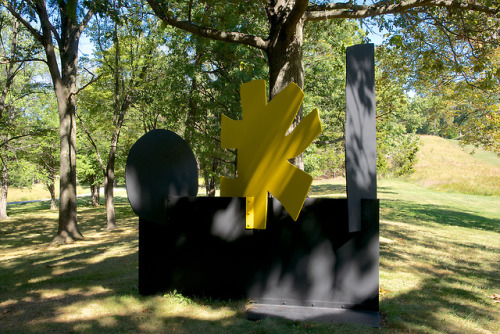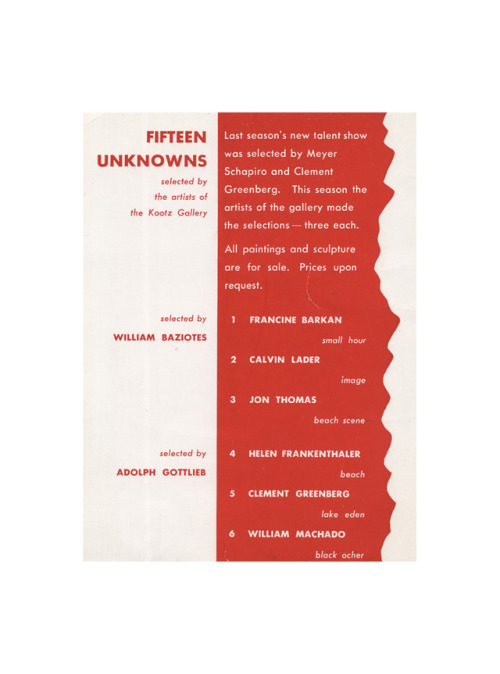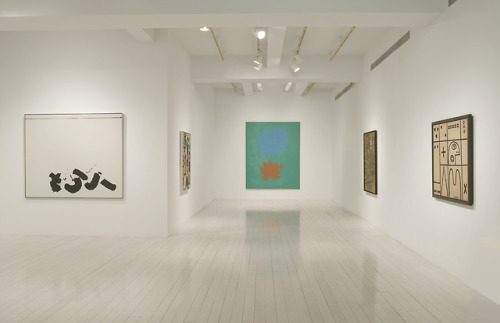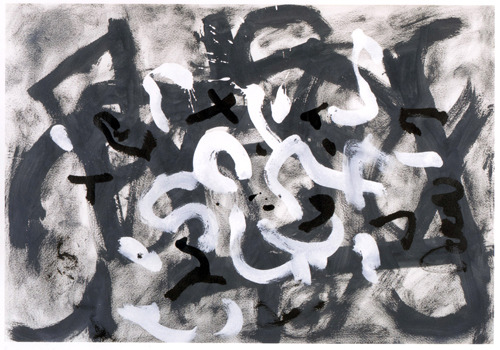#art history
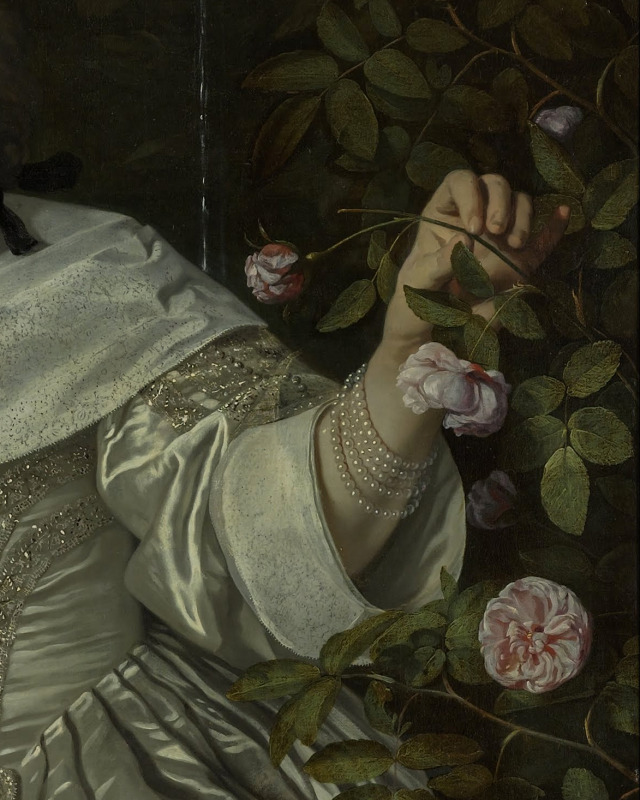


Details:Portrait of Abraham del Court and his wife Maria de Kaersgieter – by Bartholomeus van der Helst, 1654






Details: The Fall of Phaeton, Sir Peter Paul Rubens - c. 1604/1605 (probably reworked c. 1606/1608)







Details: The Last Day of Pompeii, Karl Bryullov - 1830/1833


Details:Self-Portrait with a Harp, Rose Adélaïde Ducreux - 1791


Details: James Adam, 1732 - 1794. Architect and designer, Antonio Zucchi - 1763

Detail: Soap Bubbles, Jean Siméon Chardin - ca. 1733–34



Details: Adelaide Amelia Louisa Theresa Caroline of Saxe-Coburg Meiningen, William Beechey (1753–1839) - c.1831

Detail: Stolen Kiss, Jean-Honoré Fragonard - late 1780s
I spent most of my Sunday, and International Workers Day, thinking about this fresco inside the Chiesa di San Miniato al Monte in Florence, painted by Mariotto di Cristofano around 1420.
Tightly wrapped around Christ, just barely touching his body, are various tools and instruments that would have been used by laborers in 15th century Florence. Directly below his feet is an inscription in the Tuscan dialect of the Italian language which states, “Whoever does not keep Sunday holy and does not have devotion to Christ, God will condemn to eternal damnation.” This type of image is known by a few different names: Sunday Christ, Christ of the Trades, and Handwerkerchristus, or the Artisan Christ, are to name a few.
Christ is depicted as suffering, he gestures towards his side wound as a reminder of his sacrificial crucifixion. The tools surrounding him would have reminded medieval Christians that, through engaging in work on Sundays, they themselves are perpetuating the suffering of Christ, thus re-crucifying him. The inscription serves as a warning of the consequences for not obeying the obligatory abstinence from work on the Lord’s day.
The closest visual parallel to this type of image is Christ surrounded by the arma Christi, or the instruments of the Passion, which likely informed the pictorial tradition of the Sunday Christ. In this instance, the artisan’s tools have been allegorically transformed into the arma Christi, and through ignoring one’s Sunday obligations, it was understood that the medieval Christian has prolonged the suffering of Christ.
Post link
In April 1963, an exhibition of forty-five works by Adolph Gottlieb opened at The Walker Art Center in Minneapolis, Minnesota.
In September of that year, the exhibition travelled from Minneapolis to Brazil to represent the United States at the VII São Paulo Bienal, where it was installed at the American Section of the VII Bienal do Arte Moderna. The Bienal Internacional de São Paulo was founded a few years prior in 1951, but had quickly reached a level of worldwide prestige as the first arts biennial to focus explicitly on Modern art.
For Martin Friedman, then director of the Walker Art Center, the “principal concern was to organize an exhibition that would bring together some of the most vivid manifestations of art in the United States,” as he told Brazilian newspaper Diáro de São Paulo.
On the basis of the exhibition, Gottlieb was awarded the Grande Prêmio prize, thus becoming the first American artist to receive the distinguished award. He and Esther Gottlieb travelled to Brazil, where they were received with great honor.
In a 1975 interview with Stephen Pearson, Esther Gottlieb recounts the experience of arriving in São Paulo with Adolph:
“We fly to Rio and change planes for São Paulo. In Rio, we’re met by a representative from the Embassy, and with due apologies that their Ambassador is in Washington, they present me with a big bouquet of flowers. We walk from one plane to the other while these little photographers, all running backwards and taking shots of us, were calling out, ‘Señor Adolph, Señor Adolph!’ They kept running back and taking pictures. It was very funny.
Then we changed planes for Sao Paulo, and went through the whole thing all over again. Our friends, the Friedmans, were waiting for us at the gate, and they were all excited! 'A unanimous decision!’ Adolph said, 'What are you talking about?’ Martin kept saying, 'it was unanimous! We got the Grand Prize!’
We got to the hotel—Adolph was calm about it—they were all bowing and scraping, 'Maestro, Maestro,’ and had banked our room with flowers. It was terrific. It was really great.”

“Gottlieb expresses intimate emotions through colors,” Diáro de São Paulo, 1963.
One Brazilian newspaper praised the selection of Gottlieb for the Grande Prêmio as a step forward for culture “this side of the Atlantic,” and Diáro de São Paulo reported that Gottlieb considered it “a further contribution to the movement that has slowly revolutionized the situation of American art.”
The video shown here was created using original footage from the Bienal award ceremony.
Adolph Gottlieb
Petaloid
1968. 96 x 96 x 48”.
Painted steel.
©Adolph and Esther Gottlieb Foundation/Licensed by VAGA, New York, NY
Photo by Jerry L. Thompson
Petaloid is one of only three large-scale sculptures ever created by #AdolphGottlieb. This work is on view at @stormkingartcenter as part of their permanent collection.
Starting today, Storm King opens with extended summer hours, and will be open until 8pm EST on Fridays and Saturdays until September 1st.
For more information, visit Storm King’s website.
Post link
FROM THE #ARCHIVE:
In 1950, #Kootz Gallery invites three of their represented #artists,#AdolphGottliebamong them, to select three works each by then-unknown artists for the #exhibition, “Fifteen Unknowns: Selected by Artists of the Kootz Gallery.”
Adolph Gottlieb’s inclusion of the artist #HelenFrankenthaler jumpstarted what would become quite an illustrious and distinguished career for this artist.
@helenfrankenthalerfoundation
Reproduced here:
Left:
An invitation for “Fifteen Unknowns: Selected by Artists of the Kootz Gallery,” 1950.
Right:
Helen Frankenthaler
“Beach,” 1950
Oil, sand, plaster of Paris and coffee grounds on sized, primed canvas
34 ¼ x 32 inches (86.9 x 81.3 cm)
Helen Frankenthaler Foundation, New York
© 2018 Helen Frankenthaler Foundation, Inc. / Artists Rights Society (ARS)
New York Photograph by Rob McKeever, courtesy Gagosian Gallery
Post link
From The #Archive:
In 1959, #AdolphGottlieb has a solo show at Galerie Rive Droite in #Paris.
The#exhibition features eleven of Gottlieb’s works. The article shown here, published in “La Gazzette Lauzanne” and “Tribune de Lausanne” exclaims, “French painters, watch out! Gottlieb is here!”
Crimson Spinning (1959), pictured here, is currently on view at @SFMOMA.
Post link
In 1972, Thomas Hess said of #AdolphGottlieb,
“He has the option to dare greatly, and Gottlieb’s art has been daring - experimental in the best sense of the word - for over twenty years.”
Here we take a #lookback to the 2008 #Gottlieb show at @pacegallery “Paintings from Four Decades.” The #exhibitionfeatured#paintings by the #artist from the 1940s, ‘50s, '60s, and '70s.
Seen here, from left to right:
“Black on White,“ 1967, 60 x 72”, oil on linen
“Chromatic Game,” 1951, 48 x 36”, oil on canvas
“Expanding,” 1962, 90 x 72”, oil on canvas
“Inscription,” 1954, 50 x 40”, oil on canvas
“Plus,” 1950, 36 x 40”, oil and enamel on linen
Post link
At left:
Adolph Gottlieb
Pictograph
1946
36 x 48”
Oil on canvas
CLOSING SOON: “From Motherwell to Hofmann: The Samuel Kootz Gallery,” is on view now at the @neubergermuseum at Purchase College, State University of New York in Purchase, New York.
The exhibition closes May 18th, 2018.
Post link
Adolph Gottlieb, “Untitled”. 1973. Monotype in oil on paper. 26x18"
“The search for variations, however, is really the search for the best proof of the original idea, and when I find it, there is the evidence.” — Adolph Gottlieb
This is the last week to see “A Painter’s Hand: The Monotypes of Adolph Gottlieb,” on view now at the Fralin Museum of Art at the University of Virginia. The exhibition will finish its national five-venue tour when it closes on April 29th.
Post link
Installation view, “Ten Americans After Paul Klee.” Photo by Lee Stalsworth.
On April 22nd, The Phillips Collection will be hosting a symposium around the exhibition, “Ten Americans After Paul Klee,” led by curator Elsa Smithgall.
Presenters include Fabienne Eggelhoffer, Chief Curator, Head of Collection Exhibitions Research, Zentrum Paul Klee and co-curator Ten Americans: After Paul Klee, “In Search of a New Art: How Paul Klee lead the way for Motherwell, Stamos, Pollock and Gottlieb,” Andrianna Campbell, Doctoral Candidate, CUNY University, and Lillian-Yvonne Bertram, Assistant Professor of Creative Writing at The University of Massachusetts, Boston.
For more information, visit the Phillips Collection website.
Post link
Happy birthday to Esther Gottlieb, co-founder and first President of the Adolph & Esther Gottlieb Foundation, Esther Gottlieb! Born April 15th, 1907 in Danbury, Connecticut.
Happy birthday to Esther Gottlieb, co-founder and first President of the Adolph & Esther Gottlieb Foundation. Esther Gottlieb! Born April 15th, 1907 in Danbury, Connecticut.
Adolph and Esther were a team in many of their lives’ endeavors. At different times Esther helped in the studio, was the self-taught registrar of Adolph’s art, and organized dinner gatherings at their home for their many friends in the art world such as Barnett and Annalee Newman, Mark Rothko, David Smith, Dorothy Dehner, Milton and Sally Avery. Esther even learned to work a sailboat when Adolph became involved in racing them.
During the Great Depression, the salary from Esther’s full-time job salary was often loaned or given to several friends in times of need through Adolph. This generosity on the part of both Adolph and Esther was the seed of what later became the Adolph & Esther Gottlieb Foundation.
After Adolph’s death, Esther guided the formation of the Foundation. For twelve years, from the time of its incorporation until her passing in 1988, Esther Gottlieb served as President of the Adolph and Esther Gottlieb Foundation, leaving a legacy of assisting artists for decades to come.
Learn more about the grant programs Esther Gottlieb helped to establish.
Post link
On this day in 1954, “Adolph Gottlieb: An Exhibition of Recent Paintings,” opened at Kootz Gallery in New York. The exhibition included Nocturnal Beams (1954, 47 x 59", oil, casein and enamel on canvas).
Today,Nocturnal Beams is on view at the Neuberger Museum of Art in Purchase, NY, as part of the exhibition, “From Motherwell to Hofmann: The Samuel Kootz Gallery, 1945–1966,” through May 20th, 2018.
For more information, visit the Neuberger Museum’s website, or visit our website for more information on current and upcoming exhibitions and more documents from our archives.
Post link
Adolph Gottlieb
Composition
1956
Gouache on paper
20 ¼ x 29 ¼ ”
On view now at The Hyde Collection as part of the exhibition, “Postwar & Contemporary Art,” on view until May 6th, 2018.
For more information, visit The Hyde Collection’s website, or visit our website for more upcoming and current exhibitions.
Post link



